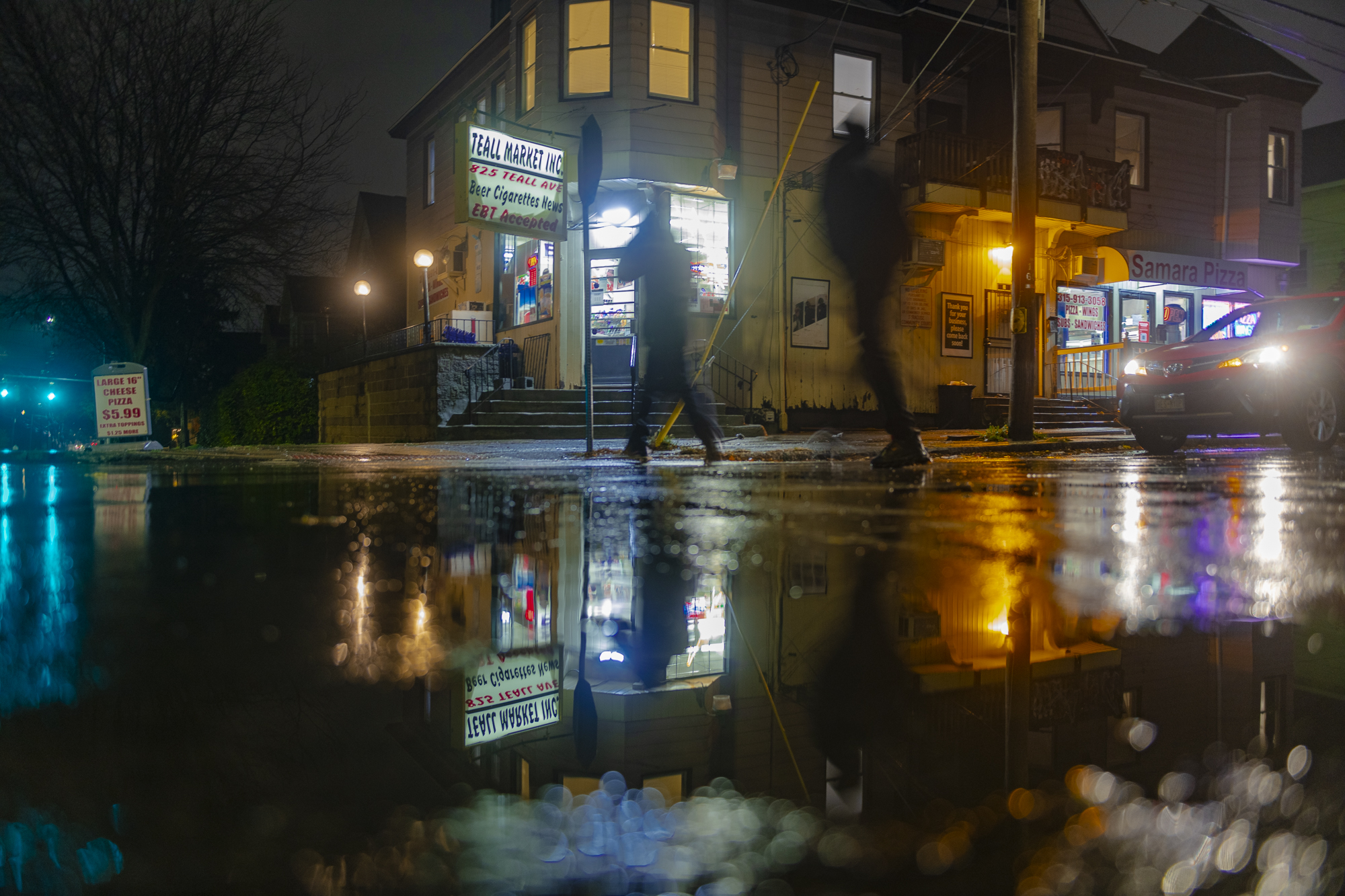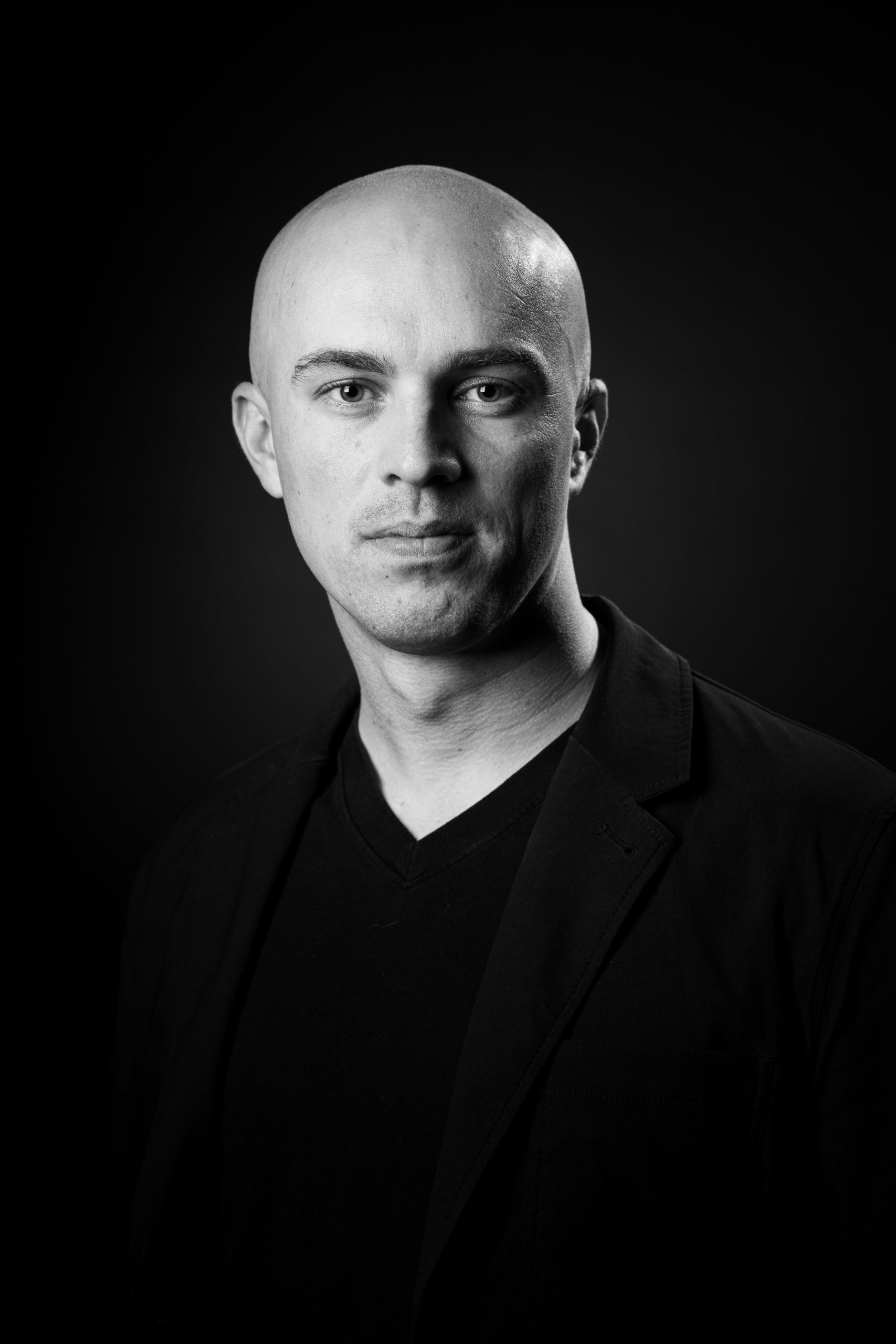Teall Avenue

…THE “VILLAGE WITHIN A CITY.”
From street corners to mansions this avenue bears witness to America’s diversity.
A FUSION of the world can be found on Teall Avenue — a street full of conflict and resolution. From street corners to mansion this avenue bears witness to America’s diversity.
Baron Rice has lived on the streets of Syracuse for more than 15 years but moved six years ago to claim the corner of I-690 and Teall Avenue. Recognizing the southern end of the street as one of the busiest, and most lucrative, intersections in Syracuse, Rice shares the corner with a stray black cat and most recently a squab.
“This is the cleanest street corner in the city. I treat it like my house.”-Rice
Land once owned by a veteran of the Revolutionary War, the area is now home to a diverse mix of immigrants. Subsequently, the area has adopted the slogan “Generations of Many Nations.”
Along what would later become part of the nearly three-mile stretch known as Teall Ave., Eastwood became part of Syracuse in 1926. Eastwood in many ways still remains as advertised — the “village within a city.” According to city revitalization documents, it is one of the most densely populated parts of the city with approximately 10,000 people per square mile or nearly 16 people per acre.
Joel, a 43-year-old, collects empty cans along the rain-slick, uneven sidewalk near the area of Teall and James Street. He moved here from Buffalo six years ago to live with his girlfriend on a street which used to be filled with millionaires. “This used to be beautiful. That’s what I was told.”
Although revitalization efforts by the city continue throughout Syracuse, this area endures as one of the most intact collections of fine residential architecture in the city. The homes illustrate the residential development of the city for 80 years extending from the late 1850’s to the mid 1930’s. Numerous colorful and distinguished examples of picturesque Spanish Colonial Revival, Tudor and Georgian Revival Style residences are represented here. Diversity doesn’t stop with architecture.
In a neighborhood where the number of foreign-born families has dramatically increased over the past two decades by a robust 42.5%, and more than 90% have stayed for longer than a year, immigration to metro Syracuse has also increased the total housing value in the region by over $406.5 million.
Their futures are shaping the future of Syracuse.
Half of a mile farther north, in a modest ranch house Ranka and Nenad Krasnic emigrated here six years ago from Croatia to make a better life. As avid gardeners, the Krasnic’s yard blossoms full of red and yellow varietals and dahlia brought over from Croatia — a showcase to passersby.
Just inside the north corner of Teall Ave., Mike and Moe Aye opened a bottle return center two years ago. They emigrated here from Thailand in 2004. “We lived there during Ebola and now we are here.”
Moe didn’t choose to live here but has grown to appreciate her neighborhood and says that as the global health pandemic continues people now feel more desperate. The ability to get money from the bottle deposit prompted a recent middle-of-the-night break-in at her recycling center—one of almost a half-dozen small businesses on the street to experience crime since the start of the pandemic. “Right now there is a lot of trouble in the world,” she said speaking about COVID-19 repercussions.
Whether standing on one foot, wishing good karma on cardboard signs, or giving high-fives to drivers waiting for the traffic light to change, Rice said the world needs kindness now more than ever.
“I try to bring humor or some smiles to people every day I’m out here on this street corner,” said Rice.
